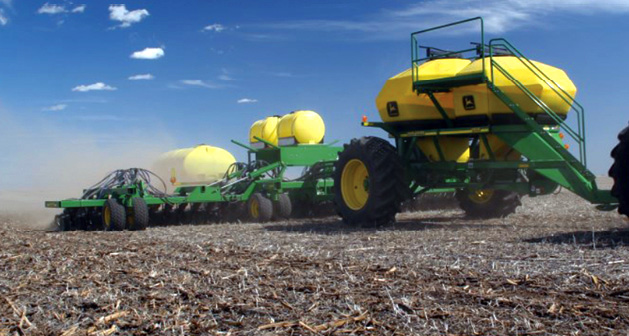Advertise Follow Us
Seeding & Planting

Information and tips about seeding and planting cash crops and cover crops using the no-till method, as well as equipment innovations and trends.
ARTICLES
They didn’t ask for it, but farmers – and no-tillers in particular – have been forced into patriotic duty as the foot soldiers of President Trump’s ‘New America.’
Read More




















